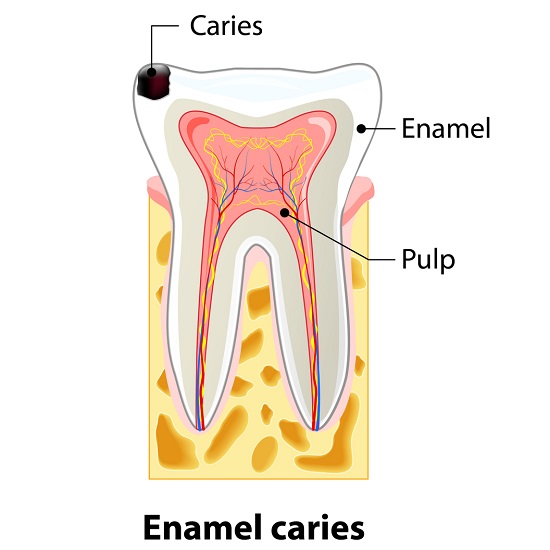
Decay in enamel treatment
Enamel is the hard, outermost protective covering of the tooth. Enamel decay exposes the dentin layer and possibly the nerves within the tooth
Enamel gets a lot of wear throughout the day. This hard tooth surface may already be strong, but caring for it prevents enamel decay and is crucial to your overall health. Everything you sip or chew passes across the surface of your teeth and can cause enamel erosion. And because enamel is calcified - meaning it contains no living cells - it can't regenerate once you lose it.
Enamel decay exposes the yellowish hard tissue called dentin, causing your teeth to look dingy or yellow as a result. This dentin contains microscopic canals that can carry substances straight to the pulp at the center of the tooth where all the nerves live, which is why your teeth might feel sensitive when you take a bite of ice cream or a sip of hot coffee.
You may jog before work and turn in early to get your beauty sleep, but the heart and brain aren't the only things that need to run on all cylinders. Don't forget the health of your mouth! The first signals of enamel decay are sensitivity and changes to the color of your teeth. With this type of intel, you can give your pearly whites the attention they deserve.
Treatment

Restoration
If a tooth has been broken or damaged by decay, your dentist will try to fix it with a filling, crown or other treatment. Sometimes, though, there's too much damage for the tooth to be repaired.